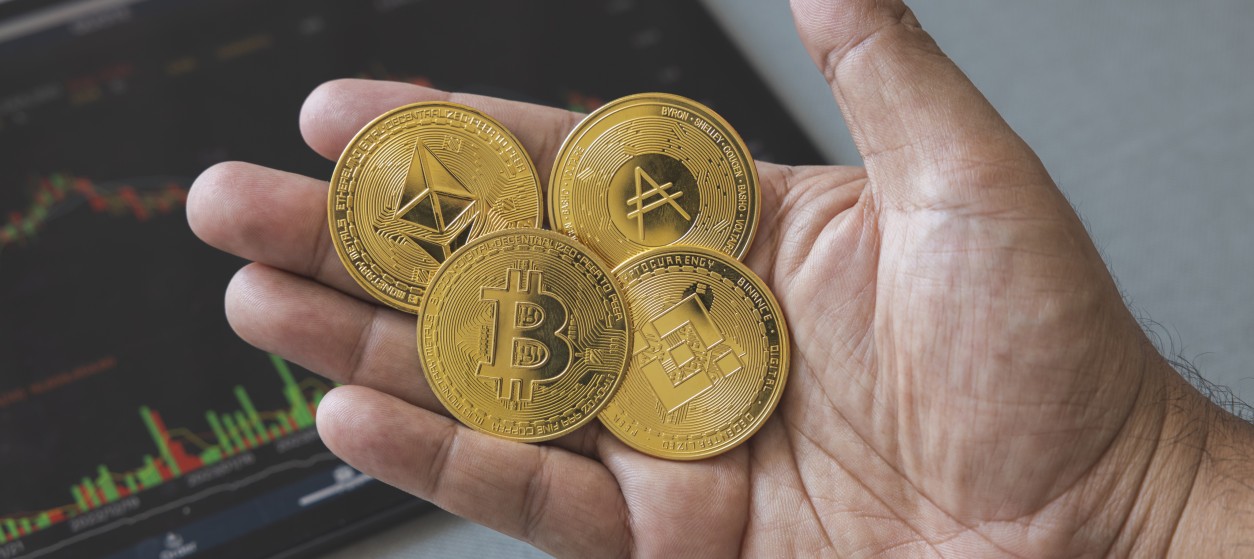We have just welcomed 2019, which will be one more year where technology demand and trends will be driven by globalization. In the era of globalization, businesses are very frequently obliged to operate across borders and to carry out international transactions, international money transfers and relevant on-line payments. This is for example the case with major e-commerce enterprises, which ship items worldwide, but also with digital enterprises that engage in complex, globalized supply chain interactions. As such, these enterprises must also receive and accept payments across different countries. In this context, they also need to process cross-border payments in flexible and efficient ways. To this end, it’s important that they understand how the cross-border on-line payment process works, which companies provide relevant services and gateways, as well as what are the fees involved. The latter pieces of information will help them select and partner with the proper payment services provider(s).
Introducing Cross Border Payments
In principle, international cross border payments are the ones where the merchant and the client reside in different countries. The execution of such a payment can be based on different payment infrastructures including credit cards, debit cards and PayPal. Cross border payments are an integral part of supply chain financing transactions, such as e-commerce transactions.
In several cases, cross border payments may also entail foreign currency conversion. In particular, the price of a cross-border transaction includes a domestic charge, an additional assessment fee known as ISA, as well as the foreign currency conversion fee (if any). These fees impact both the merchant and the client (e.g., the cardholder) and are generally determined based on two main criteria:
- First, the location where the merchant is registered (i.e. its country of origin). This location is used to classify all transactions originating from the country of the merchant as domestic transactions and all others as cross border or international payments.
- Second, the location of the bank that has issued the card (debit/credit) of the shareholders. In cases where the country of the bank is different from the country where the merchant is registered, cardholders have to pay cross-border payment fees to their own banks as well.
Cross-Border Payment Gateway: The Brain of Cross Border Payments
From a technical perspective, on-line cross-border payments are performed based on appropriate gateways, which are conveniently called cross-border payment gateways. These gateways are established and operated by payment services providers. They typically provide the following services:
- Routing and processing of transactions: The primary functionality of a payment gateway is to capture and encrypt credit/debit card information. The encrypted information of the transaction, along with an authorization request are then routed to a financial institution that processes credit or debit card payments on behalf of the merchant. Accordingly, the financial institution sends the request to the issuing bank of the shopper in order to request approval to process the transaction. In the case of cross-border transactions, it’s essential for the payment solutions provider to partner with numerous acquiring banks around the globe, as a means of providing resilience against potential failures or denial of transactions as part of anti-money laundering checks.
- Fast Setup of Cross-Border Payment Infrastructures: Payment gateways provide the means for configuring the cross-border payments infrastructures in terms of billing models, banks and payment models. The configuration options can be selected by the merchant and instantly deployed on the gateway.
- Processing of a great variety of payment cards: Gateways can be configured to support a wide array of credit and debit cards, in-line with the needs of the merchant. Support for many different cards is a key to addressing a broad audience of potential clients.
- Supporting alternative payment modalities: Beyond cards, gateways provide support for other on-line payment methods such as PayPal.
- SMS (Short Message Service) payments: In several cases, customers are keen on paying through charging their mobile operator accounts. This is a very convenient modality for relatively small payments (e.g., up to 50$), which is already supported by various FinTech (Financial Technology) enterprises.
- Customized invoicing: In several cases customers request professional invoices along with the cross-border payment process. This can be challenging as different countries tend to structure their invoice data and metadata differently. To alleviate this heterogeneity, payment gateways provide the means for creating customized professional invoices, which is essential towards accelerating the payment process.
- Security: Gateways come with strong security features including authorization, authentication and data encryption. This is very important as it safeguards the security and confidentiality of the payment data.
Despite these features, payment gateways remain vulnerable to cyber-crime, which can cause disruption to cross-border payments and the completion of the associated transactions. During the last couple of years, several payment services providers are experimenting with decentralized solutions based on blockchain technology. Such solutions hold the promise to alleviate shortcomings associated with the centralized natures of gateways, which can become a single point of failure.
The Decentralized Option: Blockchain Solutions
Blockchain infrastructures enable the validation of digital transactions in a fully decentralized way i.e. without involving a third-party. As such they provide benefits in cases where data must be exchanged across different parties in a secure and trustful way. In the context of cross-border transactions, the deployment of blockchain infrastructures offers the following benefits:
- Resilience: A decentralized payment infrastructure is not dependent on centralized nodes, but rather on a network of distributed nodes. Hence, even if one node fails, the rest continue to operate. This is a distinct advantage in the case of outages or attacks.
- Traceability and transparency: Blockchain based infrastructures for cross border payments provide accurate and transparent tracking of customer payment histories across borders and banks. Thanks to the anti-tampering properties of the blockchain they also facilitate auditability and relevant reporting, which reduces the risk of non-compliance during investigations.
- Timeliness and cost efficiency: In the absence of a complex structure of payment intermediaries, blockchains reduce the time needed to execute the payment, as well as the payment fees.
Despite the hype that is associated with blockchain projects, there are already payment services providers that have joined enterprise blockchains in order to support cross-border payments. The above benefits make blockchain based payment services providers appealing to potential customers.
Regardless of the technology used, international money transfers and cross-border payments are expected to be on the rise. This is due to the increase of e-commerce and supply chain transactions, but also a result of increased migration, given that immigrants are very frequently transferring money to their home countries. In this landscape, understanding the pros and cons of each on-line cross-payment services solution (e.g., payment gateways) is vital for all relevant supply chain participants. In the short and medium term evaluating existing payment gateway solutions is needed. In the longer term it’s always good to keep an eye on emerging technologies such as blockchain.









